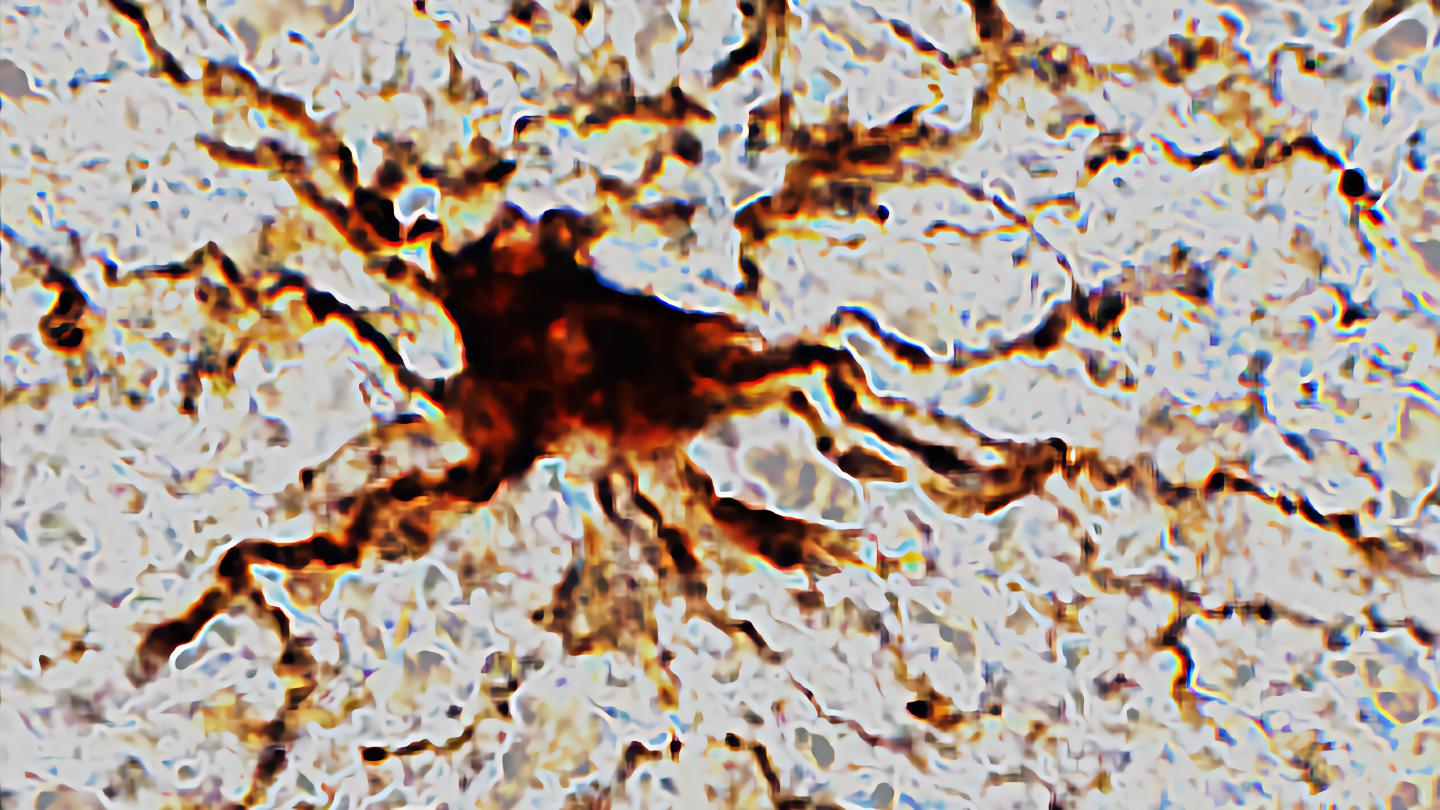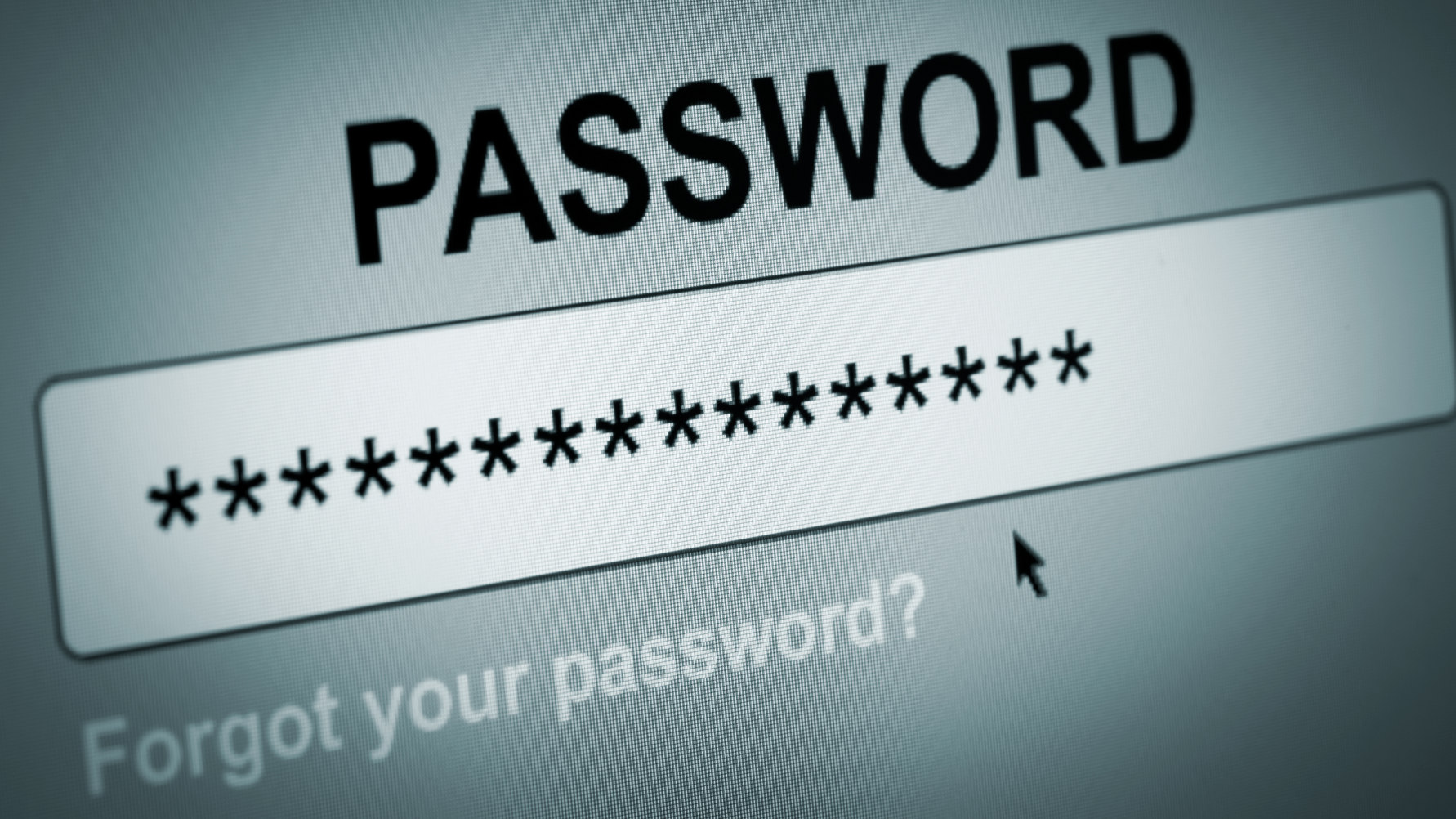How trying to predict the future can transform your memories

- The hippocampus uses memories to construct patterns that can be used to predict the future.
- When predictions don’t come true, the hippocampus introduces new details to memories to help establish new patterns that are more useful for predicting.
- Some of the new details don’t accurately reflect past events, as shown by the results of a recent study.
Pat can predict the future. So, when researchers at the University of Toronto showed her a video clip that started with a Saint Bernard running through a suburban backyard, the scenes began unfolding in Pat’s head before they occured on the screen: A child in a red and white outfit is drowning. Her grandmother is nearby but won’t hear the girl’s cries for help because she is playing a piano.
Pat’s prediction came true: a young girl in a red and white outfit thrashed into a pool while her grandmother played the piano inside the house.
Pat’s mind continued to race ahead of the video: The Saint Bernard will rescue the child, leaping over a white picket fence and a sunbathing neighbor before finally diving into the pool and pulling the girl to safety. Indeed, the dog did leap the fence and neighbor, and it did dive into the pool. But it didn’t pull the girl to safety. The video cut to black just as the dog splashed into the water.
Pat was surprised by the abrupt ending. And that sense of surprise, according to the researchers behind a study recently published in PNAS, caused her memories to transform.
Memories: tools for predictions
The researchers were less surprised. They had carefully designed their experiment so the ending would be unpredictable. These scientists weren’t specifically interested in Pat’s ability to predict the future; anyone with a healthy brain can do that reasonably well. Rather, they wanted to know what happens to a person’s memories when predictions fail.
Predicting the future is what allows us to plan our behavior for future events. This process occurs constantly in the hippocampus — a brain region that’s important for creating, retrieving, and editing memories. The process relies on memories. Simply put, studying the past is how our brain predicts the future.
If a particular memory ends up being useful in making a correct prediction, the hippocampus “strengthens” it, making the memory easier to find for future predictions. However, when we fail to accurately predict the future (in other words, when we are surprised), our brain takes that as a learning opportunity. Our memories become updated so that we are hopefully better equipped the next time we have to make a similar prediction.
The researchers studying Pat hypothesized that the hippocampus updates memories by adding new details, and they sought to determine what kind of new details are added to memories. Before they could do this, they had to give Pat (and 47 other participants) a new set of memories.
Creating a useful memory
The day before Pat watched the screen cut to black, she sat in the same laboratory watching a clip from the 1992 family comedy film Beethoven (1:03-1:37 of this clip). She had never seen the movie before. As she watched the giant brown and white dog race across the screen and save the child, she created a new “rescue dog” memory: “a dog running led to a child being saved.”
The researchers wanted Pat to use this memory to make a prediction, but a single memory wouldn’t be enough. So, they immediately showed Pat the clip again. This time, Pat wasn’t creating a new “rescue dog” memory; she was learning a “rescue dog” pattern: “A dog running leads to a child being saved.” The next time Pat saw a video start with a dog running, she’d confidently predict the ending. But she’d be wrong.
Learning through unlearning
Pat watched 70 video clips (including the Beethoven clip) over those two days. The first day, she watched each clip twice: once to create the memory and another time to establish a pattern. The second day, she watched the clip for the third time, but only half of the videos were exactly the same as the videos she saw the first day. The other half were interrupted just before the climax. For example, the Beethoven clip cuts to black just before the dog rescues the girl.
When Pat viewed an unedited video for the third time, her prediction of the ending was correct, and her hippocampus further strengthened the memory. Essentially, her hippocampus decided: “This memory was a good tool for making a prediction. I’m going to put it somewhere I can use it in the future.”
On the other hand, when Pat watched the edited clip, she “learned through unlearning.” During the first day of the experiment, she learned the pattern: “A dog running leads to a child being saved.” But the edited clip presented new information that suggests a dog running doesn’t lead to a child being saved. Somehow, the hippocampus edits the memories to unlearn the previous pattern and learn a new pattern: “A dog running sometimes leads to a child being saved.” In essence, her hippocampus decided that the memory was a pretty good tool for making a prediction, but that it needed some tweaks so that it will be more useful in the future.
The day after watching the edited videos, the researchers determined which kinds of tweaks were made. They asked Pat to describe the details of all the clips to the best of her abilities. Pat provided more details about the edited videos than the full videos, suggesting that the hippocampus does indeed add details when updating a memory. However, Pat didn’t just recall more true details about the edited videos; she also recalled more false details. For example, Pat recalled that the neighbor was wearing a yellow bikini, but she was actually wearing a blue bikini.
The false details weren’t entirely random — it seemed they were coming from “semantically related” videos. In other words, Pat’s hippocampus was pulling details from other memories in order to create a more robust memory. (For example, in another clip, someone was wearing a yellow bikini.) Although this might not be good news for the reliability of eye-witness testimony, it suggests that memories can be updated in the absence of new information.
For example, over the next several months, Pat will tell people about the experiment. She will notice (or at least her hippocampus will) that no one cares about the neighbor’s swimwear, but they do want to hear more about this giant puppy. After telling the story several times, she can give vivid descriptions of the dog. Are the details true or did they come from other dog memories? Who cares: They’re useful for telling a good story. And, to the hippocampus, a useful memory is more important than an accurate memory.





